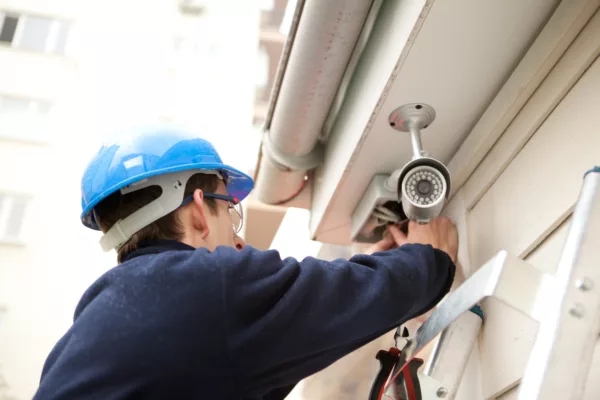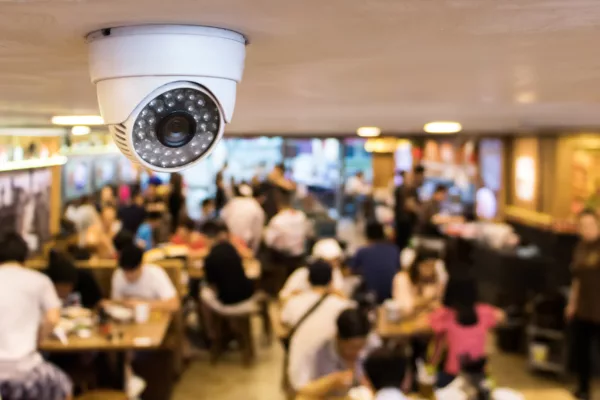 With today’s expanding market for home and business security solutions, choosing a suitable video security system can be a daunting task. A surveillance camera system or multiple security cameras provide an extra layer of protection against potential dangers such as theft, vandalism, and even intruders. They also offer peace of mind in knowing that if something were to happen at your property, you might catch the culprits in action.
With today’s expanding market for home and business security solutions, choosing a suitable video security system can be a daunting task. A surveillance camera system or multiple security cameras provide an extra layer of protection against potential dangers such as theft, vandalism, and even intruders. They also offer peace of mind in knowing that if something were to happen at your property, you might catch the culprits in action.
Both types of systems have distinct benefits and drawbacks that prospective users should consider before making a decision. In this analysis, we’ll take an in-depth look into the differences between video surveillance systems and security cameras so that you can make an informed decision when selecting one for your property’s safety needs.
How Does Video Surveillance Work?
Video surveillance involves using a network of cameras to continuously record and monitor activities in a specific area. The cameras capture video and audio.
Users can monitor the system live. But the footage can also be stored on digital recordings or sent digitally over the internet. Many systems include motion sensors that activate recording operations during certain hours or when they detect movement within the monitored area. This allows property owners to observe activity and review footage in case of an incident.
Owners can adjust the camera’s resolution and recording angle depending on the needs of the area being monitored. In many cases, video surveillance is used in conjunction with other security measures, including alarms, door locks, and access control systems. This helps ensure maximum safety for any property or personnel.
Additionally, video surveillance can help with post-event investigations through the use of recorded footage. By quickly inspecting recordings after an incident has occurred, authorities can find out what happened in a fraction of the time compared to traditional methods of investigation.
Surveillance Camera System — An Overview
A surveillance camera system is a common sight in public spaces. They represent the ever-growing presence of technology in our lives. These devices are used primarily for monitoring purposes, typically for security or safety reasons such as deterring crime or promoting safety. Common locations for a surveillance camera system are:
- At entryways to sports events
- In public transportation stations
- Around the perimeters of secured facilities
Surveillance cameras are designed to continually monitor an area, either indoors or outdoors, by recording video feeds. These feeds are typically transmitted to monitoring systems via a network or wired connection. Larger establishments may have control rooms staffed with trained personnel who continually monitor the live feeds. Whether used for crime prevention purposes, safety or security reasons, or traffic management applications, these camera systems have already proven themselves in many contexts as reliable tools and invaluable aids for public authorities.
Wireless Surveillance Camera System Options
Wireless surveillance cameras are becoming increasingly popular among homeowners, business owners, and non-profit charities or organizations like churches. The main functionality of a wireless system is the ability to send video feeds to a server or storage device in real time, either through your Wi-Fi network or another monitoring center.
These feeds are stored securely on the server and can be accessed by authorized personnel at any time. Additionally, many systems feature motion-activated recording capabilities so that recordings start only when there is movement detected by the camera. With such heightened security measures and easy remote access, it’s clear why more people are choosing wireless security systems over their wired counterparts.
Outdoor Surveillance Cameras
Outdoor surveillance camera systems are becoming increasingly popular tools for maintaining safety, security, and peace of mind. The key difference between indoor and outdoor surveillance cameras is that outdoor models are specifically designed to withstand more challenging weather conditions, meaning you can rely on them rain or shine.
Outdoor surveillance cameras are typically installed on the exterior of a home or business premises. They enable users to monitor activity in areas that may be out of sight. They are perfect for:
- Detecting intruders
- Identifying suspects loitering around the property
- Investigating theft cases or any other suspicious incidents
What Is Business Surveillance?
 Business surveillance encompasses the use of cameras to monitor property, employees, and customers to help prevent criminal activity. Business surveillance systems can use a combination of visible and hidden cameras to effectively monitor all areas both during and outside of business hours.
Business surveillance encompasses the use of cameras to monitor property, employees, and customers to help prevent criminal activity. Business surveillance systems can use a combination of visible and hidden cameras to effectively monitor all areas both during and outside of business hours.
Cameras placed indoors or outside of businesses can give clear insight into customer behavior and staff performance to ensure that employees are doing their jobs effectively and customers are safe. Having a high-quality system in place will also help deter crime, making it less likely someone would be willing to commit acts of theft or vandalism against a business.
Business Advantages of Using a Surveillance Camera System
Key advantages and applications of surveillance systems include the following:
- Technological advancements have made surveillance cameras sleeker and more efficient. Also, they can display sharper images over wider fields of view than ever before.
- Video surveillance can increase parking lot safety, reduce vehicle break-ins and vandalism, and discourage hit-and-run accidents.
- With slip-and-fall accidents being the number one liability issue for businesses, video surveillance can provide a record of the incident for insurance claims.
- Facial recognition technology has been implemented in some surveillance systems, allowing operators to single out persons of interest.
- Using a video surveillance system can reduce business insurance premiums since they are helping to keep the facilities safe.
Disadvantages of Surveillance Camera Systems
- Employees may feel their privacy is being invaded and that they’re not trusted.
- The purchase, installation, and maintenance of surveillance camera systems can be expensive.
- They may provide a false sense of security, which can result in less vigilance.
Security Cameras
Surveillance camera systems offer an advanced approach to video monitoring with higher-quality images, live audio and video streaming, and motion and sound detection. But security cameras are generally more limited in scope.
Commonly referred to as Closed Circuit Television or CCTV, security cameras are typically standalone units used to capture footage in a single location. Security cameras capture video over a wide field of view without focusing on any particular subject. Homeowners typically use these cameras to monitor the exterior areas around their property. Business owners also use security cameras to uphold the safety of their employees and customers.
Advantages of Security Cameras
- Security cameras are easier to install than video surveillance systems.
- They can detect suspicious behavior and alert users when danger is imminent.
- Since they are not hidden, potential criminals will think twice before following through on their plans out of fear of being caught on camera.
- Security cameras are more affordable than surveillance video systems.
- Combined with motion sensors and alarms, they offer a comprehensive approach to preventing unauthorized entry into the premises.
Disadvantages of Security Cameras
- Security cameras can be easily damaged or bypassed by trespassers since the cameras are smaller and easily visible.
- Security cameras cannot cover larger areas. They require the installation of multiple cameras to cover a wider area.
Recording and Storing Camera Footage
Users can store footage from both video surveillance systems and security cameras on either a Network Video Recorder (NVR) or a Digital Video Recorder (DVR).
The more commonly used NVR solution uses digital cameras and records footage to a computer with special video management software. The NVR can record both audio and video. Users can remotely manage both recorded and live views over the internet. NVRs typically have a user-friendly interface to configure and monitor recording and playback capabilities, as well as camera controls. NVRs can store and handle large amounts of video streams.
A DVR is used in an analog camera system that captures footage from cameras since they cannot process the video at the source. A coaxial cable feeds the raw data stream to the recorder.
SEE ALSO: Does Your Church Need a Security Camera System?
Which Is Better?: DVR or NVR
Network Video Recorders are generally the better choice due to their advanced technology and higher resolution. They also offer more flexibility in terms of network capability, allowing for remote access with ease. But if you’re on a budget and need more basic recording capabilities without any additional bells and whistles, a Digital Video Recorder may be the way to go. Ultimately, the decision depends on your budget, preferences, and security needs.
No matter which one you choose between DVR and NVR, you’ll be able to rest easy knowing that your security is under control. With modern surveillance technology, you can have the peace of mind that comes from capturing evidence of any incident on your property for future reference.
What Is the Difference Between Surveillance Cameras and Security Cameras?
Surveillance cameras continually monitor large public spaces such as city streets, stores, and government buildings. These cameras are typically visible and not disguised. The goal of this type of camera is to record all activity so that any suspicious behavior can be reported later.
Security cameras, however, only focus on smaller areas. They often use motion sensors and infrared night vision to detect intruders and monitor activity on the site.
The Bottom Line on Installing a Surveillance Camera System or Security Cameras
Both surveillance camera system options and security cameras offer benefits that can help protect your business. But it’s important to weigh the pros and cons of each type of system before making a decision.
At Moffitt Technology, we understand that safety and security are top priorities. We offer complete security solutions with state-of-the-art technology that can protect what matters most—your people, property, and assets. Contact us today to take the first step toward your video security system.

